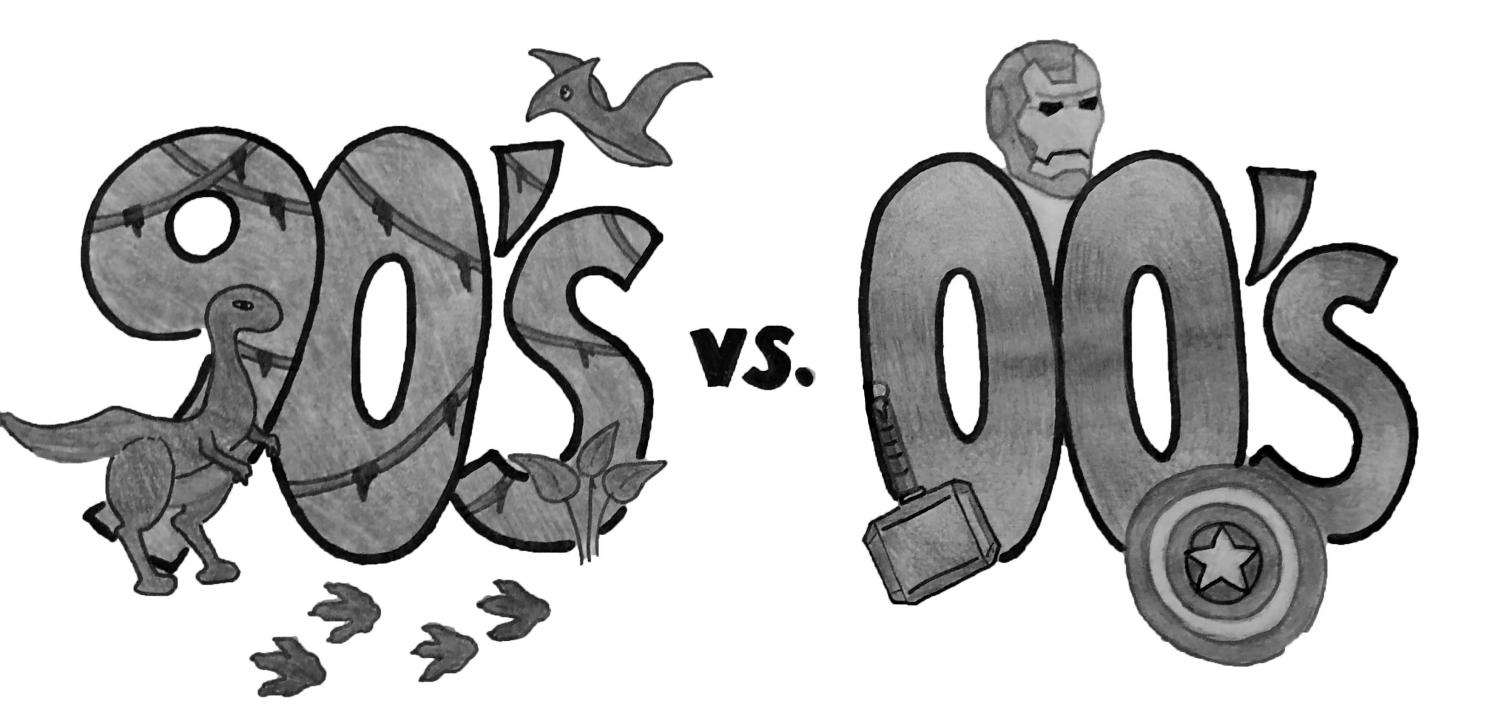Streams, franchises rule modern Hollywood
April 23, 2018
A revolution is brewing in the film industry. For the past 20 years, Hollywood has found itself in the middle of a major shift in how people view movies. The history of film has been wrought with changes, whether it be the rise of the “talkie,” which were films that utilized sound for the first time, or the fall of the studio system. However, the takeover of streaming services and the digital age has been one of the largest changes in film history and one that will have widespread effects on the industry as a whole.
This isn’t the first time digital tech has commanded control over what fills up movie theater seats: During the 1990s, Hollywood fell in love with the idea of computer-generated imagery.
CGI allowed filmmakers to create incredible landscapes or creatures that never used to be possible, such as in 1993’s “Jurassic Park” (and the maligned “Star Wars” prequels). CGI exploded onto the scene and quickly took over the industry, and in the ‘90s, every movie had to have CGI in some way or it was not worth the price of admission.
The film industry slowly began to change into more effects-based than ever before. Story became less important as films with multi-million dollar effects took over.
The idea of the movie-star was also at its height during the ‘90s. Movies starring massive names like Pierce Brosnan and Arnold Schwarzenegger were almost always box-office successes, and big actors usually led to big box office draws.
All of this and more defined the ‘90s in film. It was a time of fantastic movies and groundbreaking advances in the medium. Cheesy action movies were the norm, while superhero movies were practically non-existent. However, the era set the benchmark by releasing some of the greatest films of all time.
Classics such as “The Shawshank Redemption,” “Pulp Fiction,” “Titanic” and more were released during this era.
The film industry, compared to the ‘90s, is in a flux. In the mid-2000s, the superhero genre has exploded into the most popular market in Hollywood.
Marvel Studios brought the concept of their own “cinematic universe” (which crosses over characters from many different properties into one) into mainstream acceptance, and DC Studios quickly followed suit. Before long, an obscene amount of competition has emerged.
This is further coupled with the end of the movie star era. No longer can actors alone draw crowds. Instead, they must be coupled with profitable franchises or have fantastic reviews. Movie stars like Brad Pitt or Johnny Depp are no longer as marketable if their films don’t have good reviews, and people are not as willing to spend money on films because of the high price of movie tickets. Depp’s sequel to “Alice in Wonderland”, for example, made almost $800 million less than the original, despite his presence.
This desire to only see movies with good reviews is tied to the idea of the “online reviewer.” In the ’90s, most people could only read reviews in the newspaper or watch them on TV. However, with the rise of the review aggregator Rotten Tomatoes, many base their opinions on the site’s scores. Now that audiences can quickly see these scores from the site, it makes the decision on what to watch far easier.
“It’s less likely that I would see it, but it also depends on what type of movie it is,” junior Ben Bachrach said.
This represents a fundamental shift in what drives people to see movies because it allows lesser known indie movies to become sleeper hits due to receiving good reviews rather than marketing.
All these advances come with criticism as well. Critics argue that assigning an arbitrary score to films negates the artistic value of the film. Furthermore, with the popularity of superhero films, some assert that the artistic quality of these movies is being replaced by soulless, cash-driven products of massive companies.
The film industry will continue to grow and change as technology improves and it’s clear from these basic differences that the medium of film will continue to be altered for years to come. In the coming years, more successful franchises and less movie stars will be the norm as films continue to try and cater toward a changing audience.
The film industry must adapt in order to survive in a changing world. As theater attendance declines, the industry must begin a revolution for survival in the decades to come.
